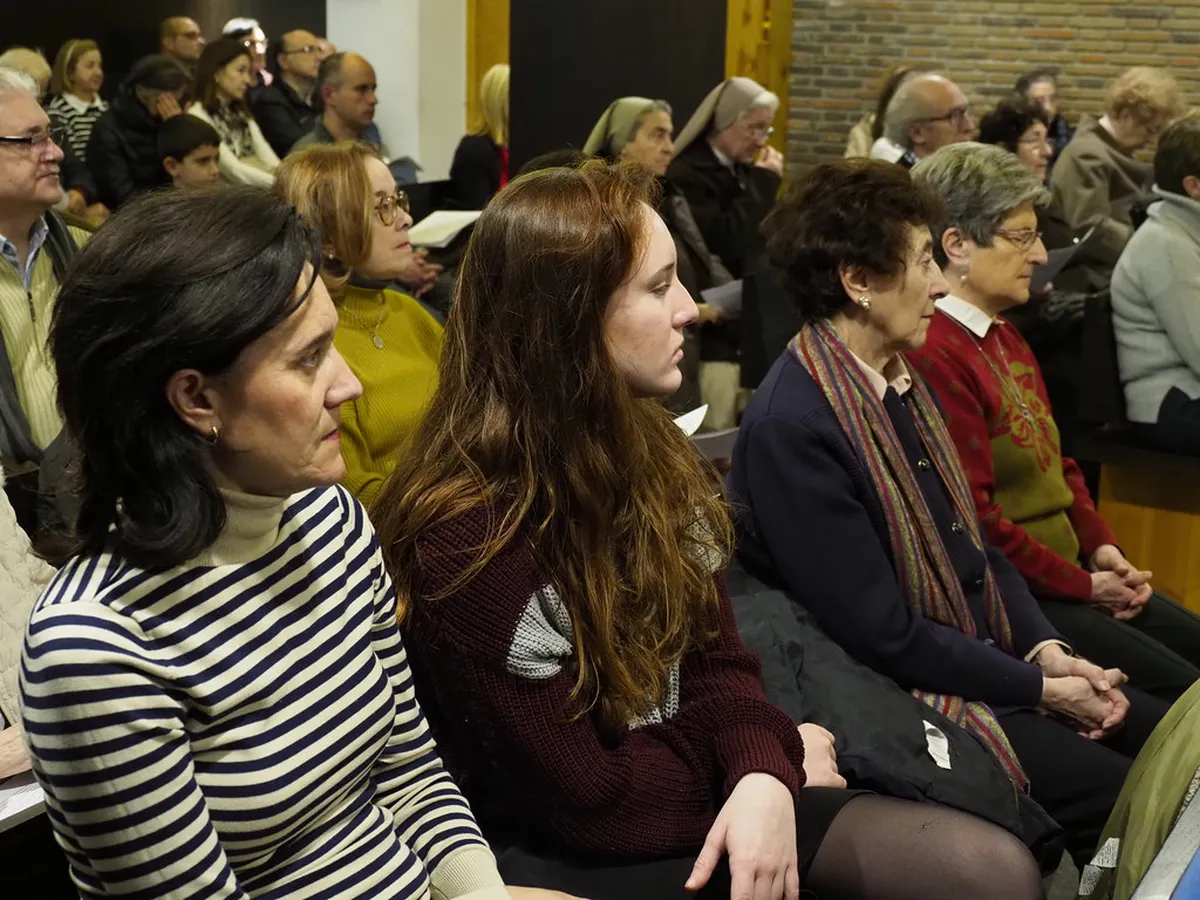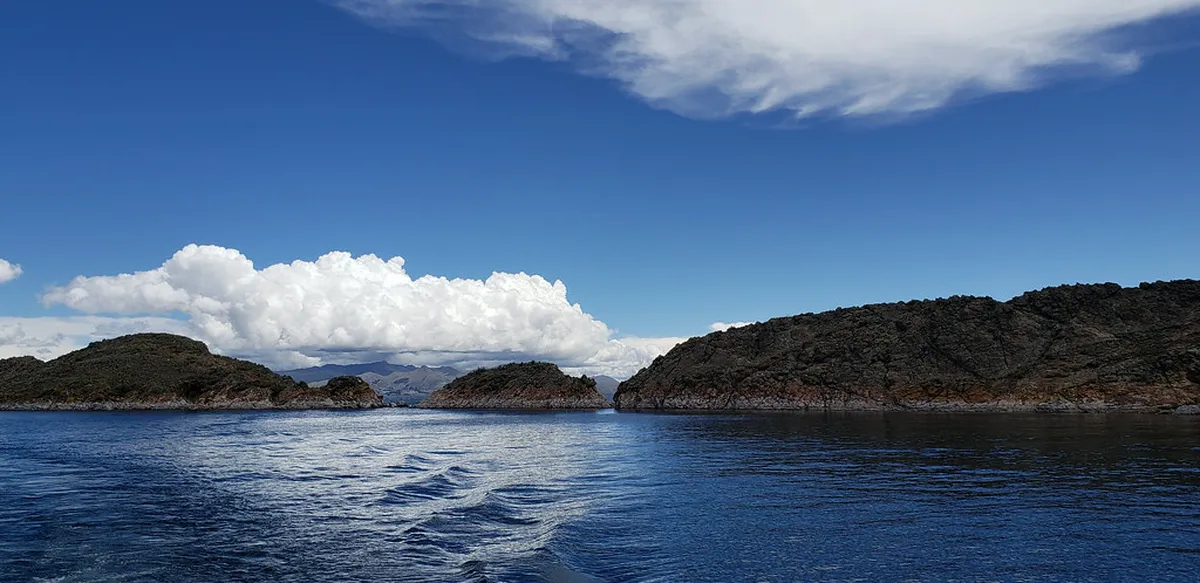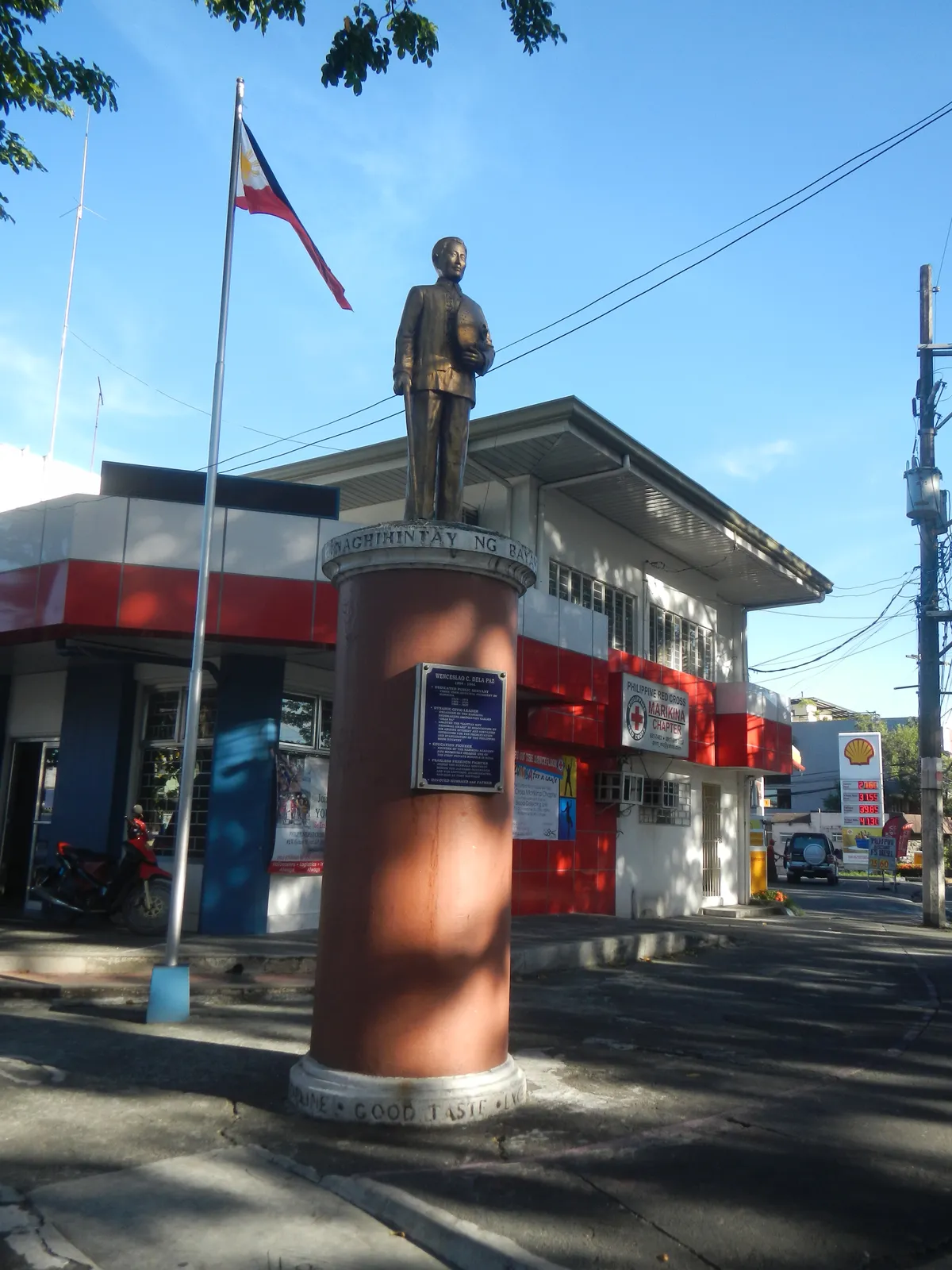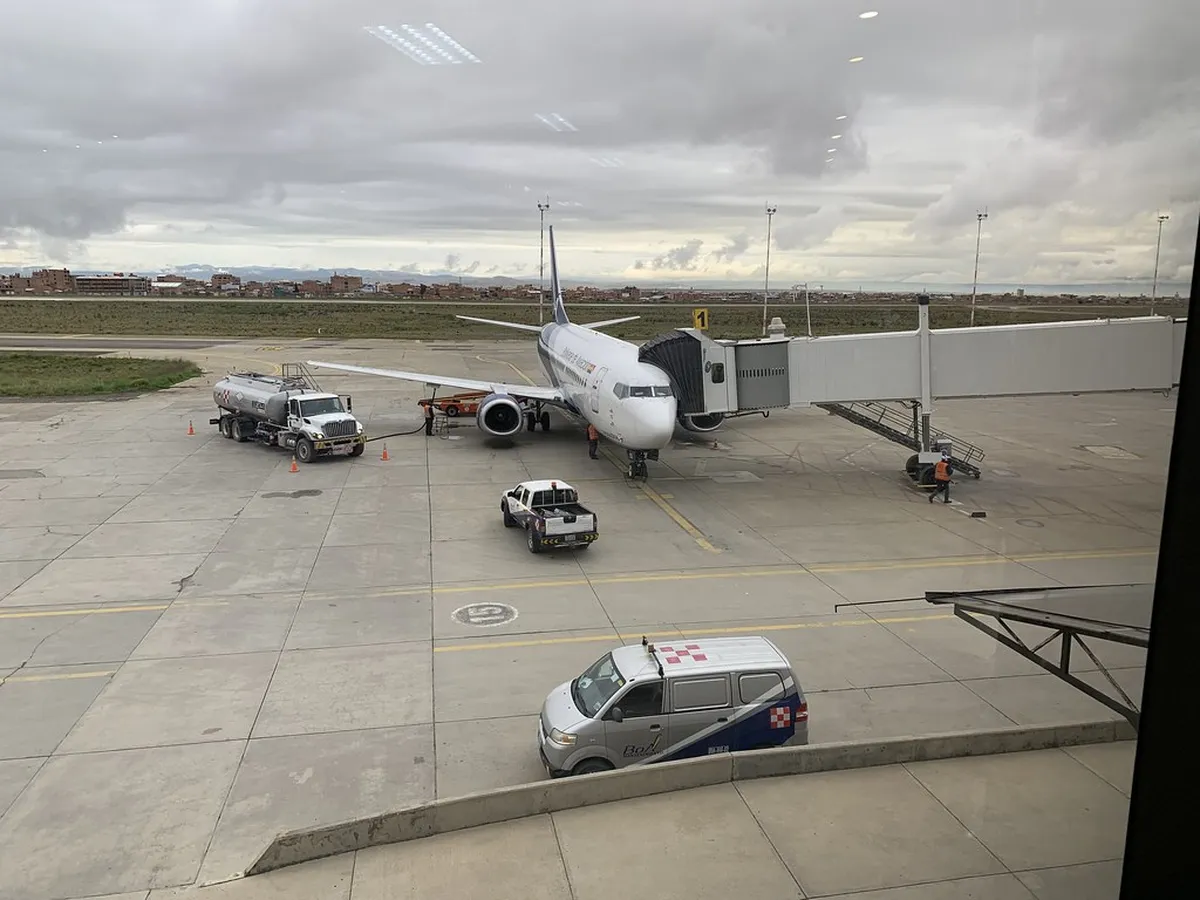
La Paz Itinerary: Your Ultimate Travel Guide
Table of Contents
La Paz Itinerary: Your Ultimate 4-Day Guide
La Paz, the administrative capital of Bolivia, is a city that dazzles travelers with its stunning mountain backdrop and unique culture. Known for its breathtaking views and rich history, a well-planned La Paz itinerary allows you to immerse yourself in local traditions, explore bustling markets, and visit spectacular landmarks. From exploring the Valley of the Moon to experiencing the folklore at El Mercado de las Brujas, every corner of this city has something special to offer. Maximize your trip with this guide, ensuring you capture the essence of La Paz in every moment.
Want to find the best travel deals for this destination? adventure planner website with our adventure planning specialist!
Key Takeaways
- Day 1: Arrive in La Paz, visit Plaza Murillo, explore San Francisco Church, and enjoy the views from Mirador Killi Killi.
- Day 2: Take a day trip to Tiwanaku, an ancient archaeological site, and learn about its significance in Bolivian history.
- Day 3: Visit the surreal Valley of the Moon, hike the trails, and capture stunning photographs of unique rock formations.
- Day 4: Explore local markets including El Mercado de las Brujas and indulge in Bolivian cuisine at Mercado Lanza.
- Cultural Highlights: Don’t miss experiencing local festivals and community events throughout the year.
Day 1: Arrival and City Exploration
Upon landing in La Paz, you will be greeted by breathtaking views of the Andes, but your adventure is just beginning. Start your La Paz itinerary by checking into your accommodations and freshening up before diving into the vibrant Culture that the city has to offer.
A Morning in Plaza Murillo
Your first stop should be Plaza Murillo, the principal square in La Paz. This historical site is surrounded by important government buildings, including the Presidential Palace and the Cathedral. Spend some time taking in the architecture, which beautifully reflects the colonial past of Bolivia. As you stroll through the plaza, consider snapping some photos of the intricate details that make this area so enchanting.
Visiting San Francisco Church
After enjoying the plaza, make your way to the San Francisco Church, one of the most iconic structures in La Paz. This stunning church, built in the 18th century, showcases a distinctive baroque style blended with indigenous influences. Inside, the artworks and religious artifacts tell tales of Bolivia’s complicated history. Don’t forget to take a moment to light a candle or meditate in the serene surroundings.
Enjoying Views from Mirador Killi Killi
As your afternoon unfolds, take a short walk or taxi ride to Mirador Killi Killi, a lookout point that offers one of the best panoramic views of La Paz. Positioned high above the city, it’s the perfect spot to grasp the scale and beauty of La Paz, especially during the golden hour. Be sure to have your camera ready for breathtaking photographs that can only depict the vibrant colors of the city juxtaposed against the Andes mountains.
Pro Tip: Make sure to wear comfortable shoes as you will be exploring on foot and be prepared for the altitude by staying hydrated.
Evening Relaxation and Local Cuisine
As evening approaches, it’s time to experience the local cuisine. Consider dining at a local restaurant where you can sample traditional Bolivian dishes such as sajta de pollo (spicy chicken stew) or salteñas (savory pastries). Eating where the locals go will not only give you an authentic experience but will also deepen your understanding of Bolivian Culture.
Wrapping up your first day, take a leisurely walk around the city center, immersing yourself in the lively atmosphere as locals enjoy their evening. You might even stumble upon street vendors selling colorful handicrafts or local snacks. These small interactions add a unique flair to your experience in La Paz.
Summary of Day 1 Highlights:

| Activity | Location | Time |
|---|---|---|
| Explore Plaza Murillo | Plaza Murillo | Morning |
| Visit San Francisco Church | San Francisco Church | Midday |
| Enjoy views from Mirador Killi Killi | Mirador Killi Killi | Afternoon |
| Dine on traditional Bolivian cuisine | Local restaurant | Evening |
With your first day set in La Paz, you are now primed and ready to delve deeper into its Culture, history, and stunning landscapes in the following days. Prepare for an enriching journey ahead!
Day 2: Culture and History at Tiwanaku
On Day 2 of your La Paz itinerary, immerse yourself in the rich culture and history of Bolivia by taking a day trip to Tiwanaku. This ancient archaeological site, located about 70 kilometers (43 miles) from La Paz, is renowned for its significant role in pre-Columbian history and is a designated UNESCO World heritage Site. Explore its mystical ruins and learn about the fascinating Tiwanaku culture, which thrived around 1000 AD.
Begin your day early, as it is advisable to arrive at Tiwanaku around 9 AM to avoid the crowds. You can opt for a guided tour that includes transportation, which is highly recommended for a deeper understanding of the area’s history.
Pro Tip: If you’re a history buff, make sure to wear sturdy shoes. The site covers a large expanse and involves quite a bit of walking.
The Ruins of Tiwanaku
Upon arrival, the first site to see is the Puma Punku, believed to be one of the engineering marvels of its time with its intricate stonework and massive blocks. The precise cutting of the stones continues to be a source of wonder among archaeologists today.
Next, head to the Akapana Pyramid, which is theorized to have been a ceremonial center. You’ll also find the Kalasasaya Temple, known for its astounding monoliths, including the famous Gateway of the Sun, a large stone archway adorned with carvings that symbolize the Tiwanaku people’s connection to astronomy and mythology.
| Site | Highlights | Significance |
|---|---|---|
| Puma Punku | Intricate stone structures, precise engineering | Construction techniques debated by historians |
| Akapana Pyramid | Ceremonial center, large terraced structure | Indication of religious practices |
| Kalasasaya Temple | Gateway of the Sun, monolith carvings | Link to astronomy and spirituality |
Cultural Insights
While exploring, take the time to connect with local guides who can provide insights into the significance of these sites. They may share stories passed down through generations, enhancing your understanding of the spiritual and cultural reverence that the Tiwanaku people held for their environment. Engaging with the local community is crucial as it keeps the rich heritage of the area alive.
Don’t forget to take plenty of photographs; the landscapes surrounding Tiwanaku are stunning and provide a breathtaking backdrop for your memories. The high-altitude location offers clear views of the Andes mountains, making for an unforgettable experience.
Returning to La Paz

After an enriching day, return to La Paz in the late afternoon. You’ll find that the Experiences from Tiwanaku provide a profound perspective on the culture and history of Bolivia. Once back in the city, consider visiting some of La Paz’s local restaurants to taste traditional Bolivian dishes like sajta de pollo and salteñas, rounding off your day with some culinary indulgence.
Notable Discovery: Each stone at Tiwanaku tells the story of a civilization that flourished long before European contact. Make the most out of your visit by appreciating the beauty and significance of these ancient structures.
Day 3: Nature Day at the Valley of the Moon
On the third day of your La Paz itinerary, prepare to immerse yourself in nature’s artistry at the Valley of the Moon. This incredible destination, known for its surreal landscapes, is a must-visit for nature enthusiasts and photography lovers alike.
The Journey Begins
Start your day early by taking a scenic drive to the Valley of the Moon, which is located approximately 10 kilometers from La Paz. The ride offers a glimpse of the stunning vistas that surround the city, so keep your camera handy! As you approach the entrance, the unique rock formations that resemble a lunar landscape become increasingly visible, capturing the anticipation of the exploration ahead.
Hiking the Trails
Upon arrival, you can choose to go on a leisurely hike along the marked trails. The Valley features a network of pathways that weave through the enchanting formations, making it easy to explore at your own pace. Along the way, you will encounter impressive spires, deep gullies, and intricate stone sculptures that have been shaped by erosion.
As you walk, take a moment to appreciate the surroundings. The Valley of the Moon is not only spectacular due to its formations, but the contrasting colors of the earth—ranging from deep reds to earthy browns—add to its dramatic beauty. You might want to pack a picnic to enjoy amidst this natural wonder.
Photography Opportunities
Don’t forget to bring your camera or smartphone during your visit! The Valley of the Moon presents countless opportunities for stunning photographs. Capture the formations as the sunlight creates shadows, and don’t miss the chance to photograph the expansive backdrop of the Andes mountains. As you take in this unique landscape, you may feel as if you have stepped onto another planet.
“The Valley of the Moon is one of those rare places that leave you in awe. It’s a photographer’s dream—a place where the earth’s beauty is expressed in every crevice and shadow.”
Exploring Nearby attractions
After an exhilarating morning at the Valley, consider visiting nearby attractions to further enrich your La Paz itinerary. The Moon Valley Museum offers insights into the geological formation of the area and the flora and fauna that inhabit it. Additionally, if time permits, stop by the La Paz Zoological Park, which features various native animals and provides educational Experiences about Bolivia’s wildlife.
Return to La Paz
Conclude your day with a relaxing drive back to La Paz. Perhaps visit a cozy café or restaurant to savor a traditional Bolivian meal. A warm salteña or hearty pique macho would be the perfect way to refuel after a day of Adventures.
Spending your third day exploring the Valley of the Moon allows you to appreciate the extraordinary natural beauty that surrounds La Paz. With its striking landscapes and unique geological features, this location will certainly leave a lasting impression on your journey.
Day 4: Local Markets and Culinary Delights
Insider Tip: Get the most out of your Las Vegas visit with guided tours!
Tip: Discover the best Las Vegas experiences with Viator Tours!
On the fourth day of your La Paz itinerary, immerse yourself in the vibrant culture by exploring the local markets where you can discover authentic Bolivian cuisine and unique handicrafts. This will not only give you a taste of the local flavors but also an insight into the daily lives of the people in La Paz.
Morning: Start at El Mercado de las Brujas
Begin your day at the iconic El Mercado de las Brujas (Witch’s Market), a fascinating open-air market where traditional Aymara culture is evident. Stroll through the colorful stalls filled with various items ranging from herbs and potions to handmade crafts. Here, you’ll find everything from llama fetuses (used for good luck) to local textiles. The atmosphere is buzzing with vendors and visitors, providing an authentic glimpse of local life.
This market is particularly known for its selection of medicinal herbs, so don’t hesitate to chat with the vendors. They are often happy to share their knowledge about the different plants and their uses.
Midday: Culinary discoveries at Mercado Lanza
After soaking in the vibrant scene at the Witch’s Market, head over to Mercado Lanza, where you can indulge in delicious Bolivian street food. This market is renowned for its diverse culinary offerings that showcase the rich flavors of Bolivian cuisine. Sit down at one of the local eateries and try sopa de mani (peanut soup), a dish beloved by locals. Alternatively, taste salteñas, which are savory pastries filled with meat, potatoes, and spices.
Don’t miss out on the chance to try pique a lo macho, a hearty dish made with beef, sausages, fries, and a tangy sauce, best enjoyed with a cold Chica beer.
Afternoon: Explore More Local Markets
After lunch, dive deeper into the local culture by exploring more markets. The Mercado Rodriguez and Mercado 16 de Julio are excellent choices. These markets feature a range of products, from fresh produce to authentic handicrafts. It’s also a great opportunity to purchase souvenirs and support local artisans.
While navigating through these markets, keep an eye out for handmade textiles, jewelry, and traditional clothing, which make for ideal gifts and keepsakes from your travels.
Evening: A Taste of Bolivian Cuisine
As the sun sets, treat yourself to a local culinary experience at one of La Paz’s popular restaurants that highlight Bolivian cuisine. Restaurants like Cafe del Mundo or Popular Restaurant are known for their warm ambiance and authentic dishes. Savor local specialties such as charque (dried beef) and llajwa (a traditional spicy sauce made from tomatoes and locoto peppers).
Final Thoughts
Your exploration of local markets and culinary delights in La Paz is more than just a feast for your palate; it is also a cultural journey. By engaging with local vendors, tasting traditional dishes, and exploring the colorful markets, you’re contributing to the preservation of Bolivia’s rich cultural heritage.
Make sure to bring your camera, as the colorful displays and lively scenes offer plenty of opportunities for stunning photographs that will surely enhance your La Paz itinerary.
Best Time to Visit: Seasonal Highlights for Your La Paz Itinerary
Planning your La Paz itinerary involves considering the best times to visit this vibrant city, which is renowned for its unique high-altitude culture, stunning landscapes, and rich history. The timing of your trip can significantly influence your experience, particularly when it comes to weather, festivals, and Activities. If you want to make the most out of your visit, here’s a comprehensive overview of La Paz’s seasonal highlights.
Dry Season: May to October
The dry season in La Paz, from May to October, is generally regarded as the best time to visit. During these months, you can expect clear skies and pleasant temperatures, making it ideal for outdoor Activities and exploration. The weather is relatively mild, with daytime temperatures averaging between 15°C to 20°C (59°F to 68°F).
“Visiting during the dry season allows you to enjoy breathtaking views and a variety of outdoor Adventures without the interruption of rain.”
Some notable Events during this time include:
- Fiesta de la Cruz: Celebrated on May 3rd, this festival showcases colorful altars and traditional music, making it a vibrant cultural experience.
- La Paz Marathon: Usually held in September, this event attracts runners and spectators alike and is a great way to witness the city’s enthusiasm for athletics.
Rainy Season: November to April

The rainy season spans from November to April, introducing more unpredictable weather patterns. While you might encounter intermittent rain showers, which can impact travel plans, this season also features a different beauty to La Paz, with lush landscapes and vibrant greenery.
However, don’t be discouraged from visiting! This is also a time when fewer tourists are present, meaning you’ll have the benefit of exploring the city with less crowded attractions. Just be sure to pack a reliable umbrella and waterproof clothing.
festivals during the rainy season include:
- El Carnaval: Celebrated in February, this lively festival features parades, traditional dances, and elaborate costumes, showcasing Bolivian culture in full swing.
- Semana Santa: The Holy Week preceding Easter is marked by solemn processions and spiritual events throughout the city, offering a glimpse into local religious customs.
Special Considerations and Recommendations
When planning your La Paz itinerary, consider the following:
- Altitude Acclimatization: Regardless of when you visit, allowing time for acclimatization is vital. La Paz sits at over 3,600 meters (11,800 feet), which can affect tourists differently. Ensure you stay hydrated and take it slow on your first day.
- Local festivals: Keep an eye on local calendars for cultural highlights, as these events can be a remarkable way to experience Bolivian heritage. Try to schedule your visit to coincide with one of these festive occasions.
In conclusion, while the dry season offers the most favorable weather, each time of year brings its own unique charm. No matter when you decide to visit, planning your La Paz itinerary around these seasonal highlights will enhance your travel experience, ensuring you uncover the depth and vibrancy of this captivating city.
Travel Tips for Your La Paz Itinerary: Transport, Costs, and Safety
Planning your La Paz itinerary requires an understanding of the local transport systems, budgeting effectively, and ensuring your safety while exploring this vibrant city. Here’s an in-depth guide to help you navigate these crucial aspects of your trip.
Transport in La Paz
Public transportation in La Paz is efficient and economical. The city’s expansive network includes buses, mini-vans, and the iconic Mi Teleférico, a cable car system that connects different areas and provides breathtaking views of the city and surrounding mountains. Here’s a quick comparison of transportation options:
| Transport Type | Cost (Approx.) | Pros | Cons |
|---|---|---|---|
| Buses | 0.50 BOB (0.07 USD) | Low-cost, extensive routes | Crowded, limited schedules |
| Mi Teleférico | 3 BOB (0.43 USD) | Scenic views, fast | Can be busy during peak hours |
| Taxis | 10-20 BOB (1.40-2.80 USD) | Convenient door-to-door service | Can be expensive, negotiate fares |
Costs

Bolivia is one of the most affordable travel destinations in South America, which makes your La Paz itinerary budget-friendly. Below are average daily costs:
- Accommodation: Expect to pay around 100-300 BOB (14.00-42.00 USD) for decent hotels or hostels.
- Food: meals range from 20 BOB (2.80 USD) for local cuisine to 60 BOB (8.50 USD) at upscale restaurants.
- Activities: Entrance fees for attractions like museums and parks typically range from 10-50 BOB (1.40-7.00 USD).
Overall, budgeting around 200-400 BOB (28.00-56.00 USD) per day should cover meals, transport, and activities comfortably.
Safety Tips
While La Paz is relatively safe for tourists, it’s important to take necessary precautions. Here are some safety tips to keep in mind:
- Stay aware of your surroundings: Always keep an eye on your belongings, especially in crowded areas like the Mercado de las Brujas.
- Use registered taxis: Opt for recognized taxi services or ride-hailing apps to avoid scams.
- Drink bottled water: It’s safer to drink bottled or boiled water to avoid any potential stomach issues.
- Travel during daylight: While La Paz has a lively Nightlife, it’s advisable to stay in well-lit areas and travel in groups at night.
“Being aware and prepared allows travelers to enjoy the rich culture and stunning scenery of La Paz fully.”
By following these tips, you can enhance your travel experience in La Paz. Make sure to include some flexibility in your La Paz itinerary to fully immerse yourself in local culture and daily life. Remember, the magic of La Paz lies not only in its stunning landscapes but also in its vibrant streets and warm people.
This La Paz itinerary provides a perfect mix of history, culture, and nature, ensuring an unforgettable adventure in Bolivia. Tailor this itinerary to match your interests, whether that be architecture, culinary exploration, or outdoor activities. Start planning your La Paz itinerary today and create unforgettable memories in this amazing city!
Frequently Asked Questions
A: The best time to visit La Paz is during the dry season from May to October, when the weather is mild and sunny.
A: A 4-day itinerary is perfect for exploring major attractions without feeling rushed.
A: Plaza Murillo, Tiwanaku, Valley of the Moon, and El Mercado de las Brujas are essential spots.
A: La Paz has a good public transport system, including microbuses, taxis, and the Mi Teleférico cable car.
A: Yes, consider a trip to Lake Titicaca or the Andes for breathtaking scenery and authentic Experiences.
A: Join a cultural tour or visit local markets and artisan shops in the Sopocachi district.